Bovine Respiratory Disease (BRD) is a common cause of illness and death in cattle triggered by the interaction of stress factors, viral and bacterial infections. BRD is effectively a lung infection in cattle which presents as pneumonia and pleurisy which has a high morbidity (sickness) and mortality (death) rate.
BRD is an important disease because it impacts animal welfare and productivity
BRD typically occurs after a stress event (i.e., weaning, mustering, transportation, changes in feed or water intake etc.) and when common respiratory viruses are circulating through the herd such as Infectious Bovine Rhinotracheitis (IBR) and Pestivirus. The combined impact of these on young cattle creates an opportunity for bacteria that normally sit dormant in the throat to move down into the lungs and cause bacterial pneumonia and pleurisy to develop. Mannheimia haemolytica (MH) is one of the most common bacteria precipitating the BRD complex.
When BRD is present in a herd, in addition to production losses due to deaths, there will also be a reduction in average daily gain and lower feed conversion efficiency in infected cattle. This also results in a reduction in meat quality, and in particular, a reduction in marbling.1
BRD can have lifelong impacts on the animal’s growth and reproductive potential.2,3
Stress can have both physical and physiological effects on cattle, especially young cattle. This leaves them vulnerable to the impacts of infectious viruses and secondary bacterial diseases, which ultimately results in BRD.
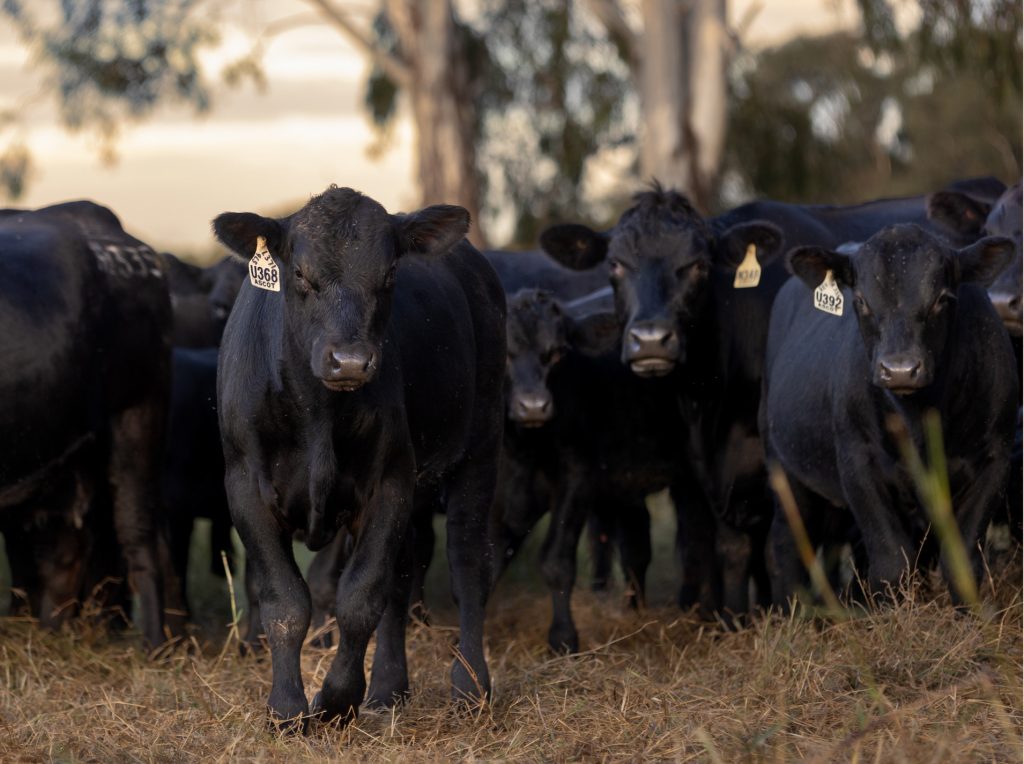

BRD is not just a feedlot disease, it is now an important disease that needs to be considered over the entire life of the animal as it moves through the supply chain, and on-farm cattle are at significant risk of this disease, particularly at stressful times like weaning.
We know this disease is often hidden because twice as many cattle have diseased lungs identified at the abattoir than the number identified sick when alive.4
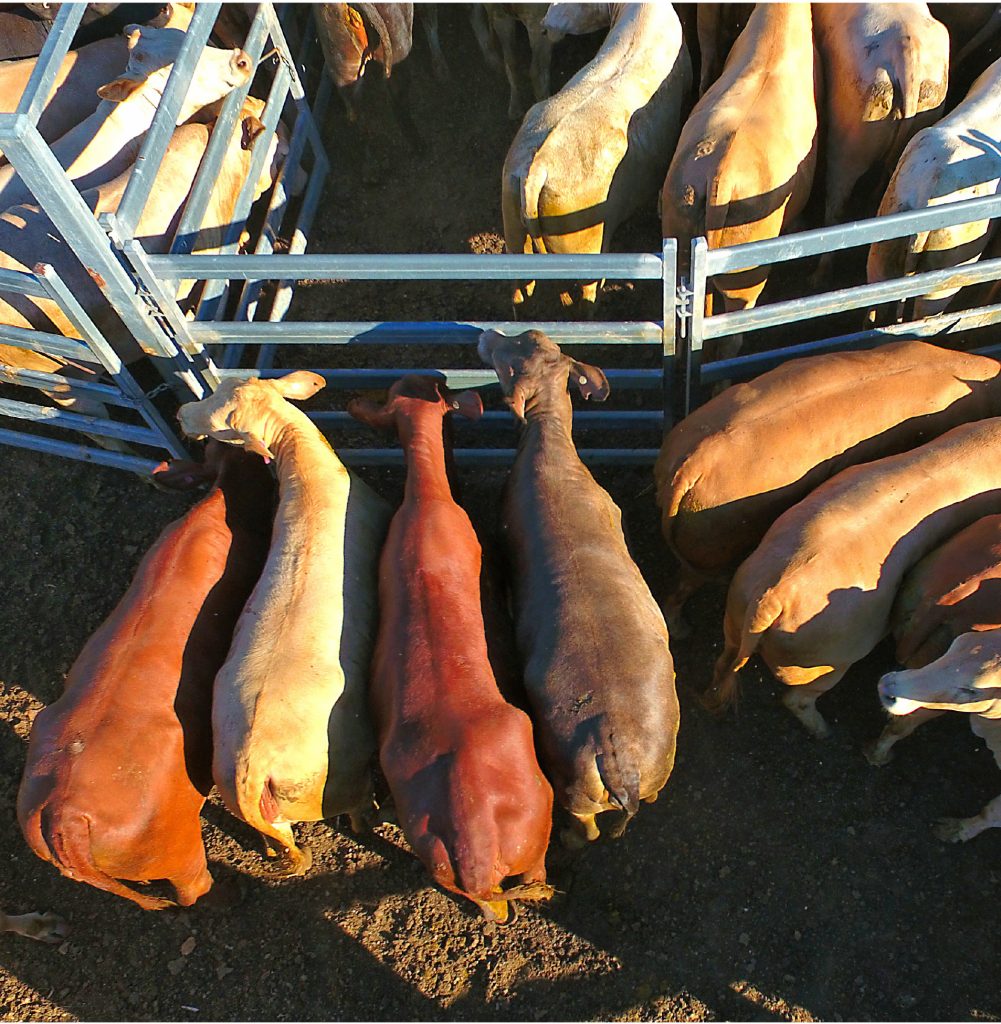
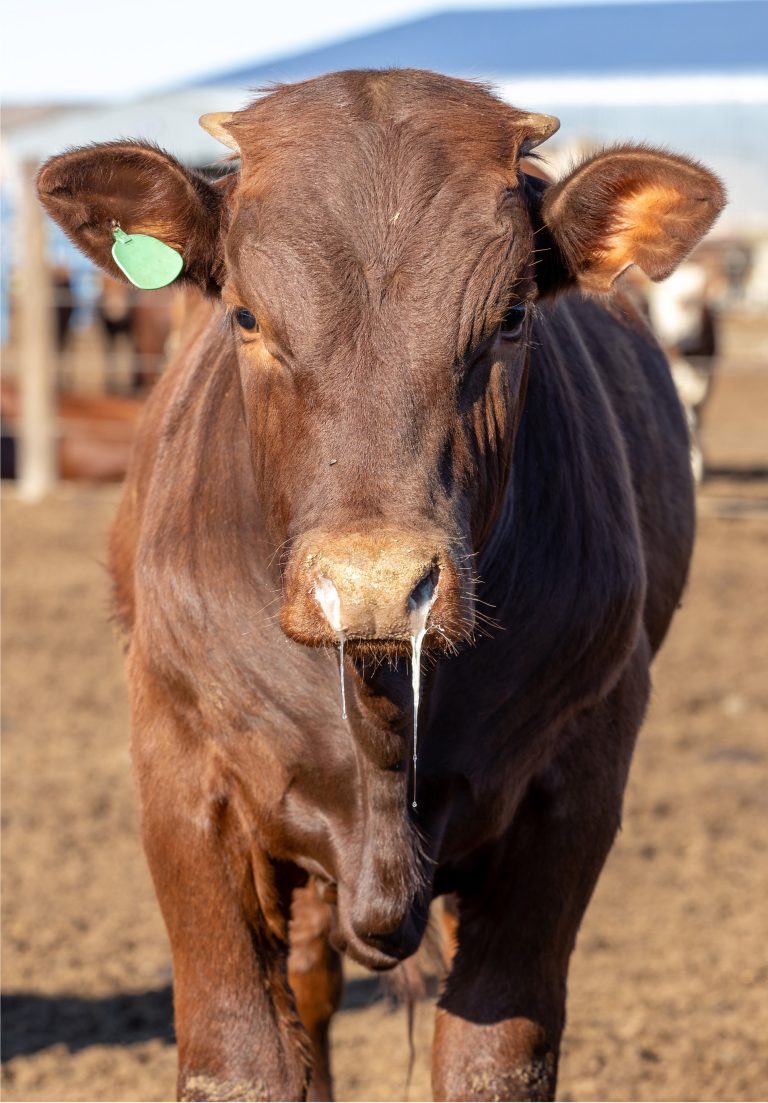
Cattle by nature disguise illness and try extremely hard to hide
their symptoms when affected. Subtle symptoms in 1-2 animals
may indicate a greater level of disease within the herd.
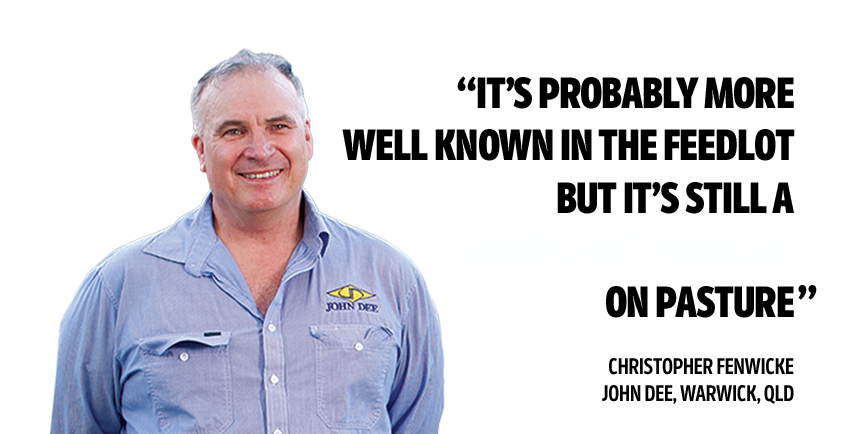
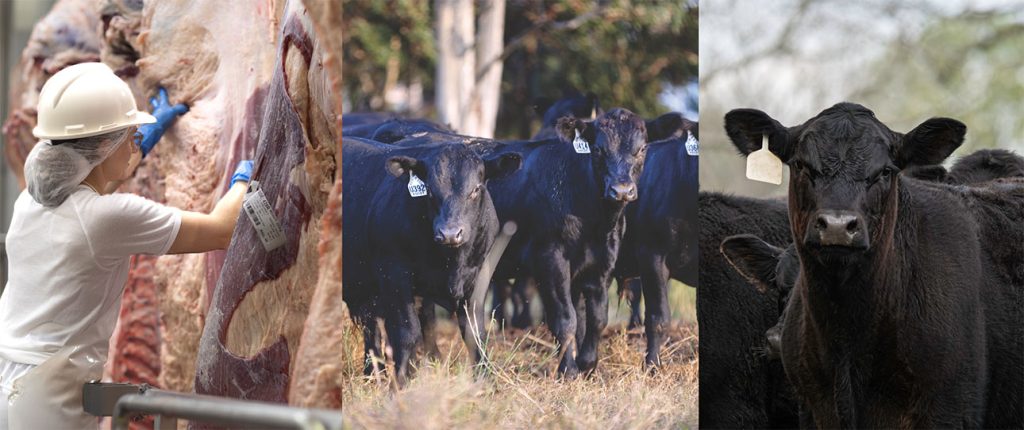
Privacy | Disclaimer | References
© 2025 Zoetis. All rights reserved.